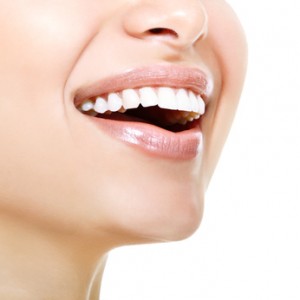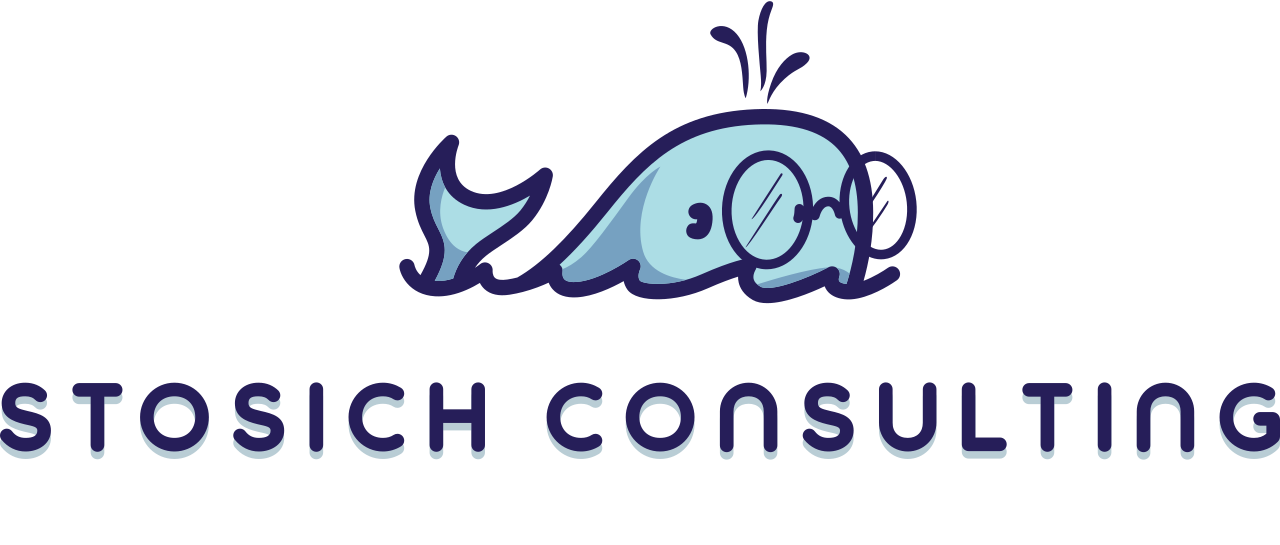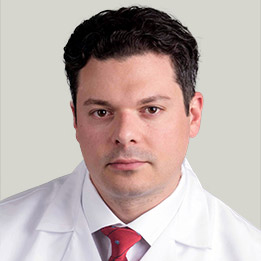Teeth On the Move: All About Relapse & Retainers

KENILWORTH, Ill.- Plenty of former orthodontic patients are familiar with the unpleasant experience of squeezing on a retainer after neglecting to wear it for a week…maybe two. There’s a reason for the discomfort.
Our teeth are on the move. Many post-orthodontic patients fall victim to “orthodontic relapse,” a phenomenon that causes teeth to slowly shift out of alignment following treatment. Frustratingly, relapse calls for another round of orthodontics to correct. Tooth movement once braces are removed may involve a number of factors, ranging from genetics to habitual teeth grinding. That’s why retention is vital to enjoying a gorgeous smile that lasts a lifetime.
Kenilworth area orthodontist Dr. Michael Stosich at Stosich Consulting stands at the forefront of orthodontic tooth movement biology research. Stosich, who recently published a series discussing the biology of tooth movement in Orthodontic Practice US, urges patients to wear retainers according to his guidance.
“Periodontal tissues require time, usually about one year, to reorganize and solidify after treatment,” says Dr. Stosich. “The bone and tissues need to adjust to the new position of teeth. Retainers facilitate this adjustment and protect teeth from forces that contribute to relapse in the future.”
Reasons for relapse
The structures supporting newly aligned teeth need time to “settle” into place once treatment is complete. Teeth will stabilize with time, but the risk of relapse is always present. While the natural tendency for teeth to return to their original position is the chief reason why retainers are necessary, there are many factors that contribute to orthodontic relapse. These include:
Teeth grinding. The forces at play when grinding teeth propels the lower jaw forward and places strain on the upper row of teeth. The repeated tension on the upper arch impacts the position of teeth, often causing them to fall out of alignment. Many people unknowingly grind teeth in their sleep. The American Dental Association estimates 95 percent of Americans clench or grind their teeth.
Genetics. Even if adult teeth grow in aligned, genetics can prompt teeth to shift in adulthood.
Tooth loss. The naturally occurring action known as “mesial drift” triggers teeth to migrate toward the front of the smile. When a tooth goes missing, its gap creates room for teeth to move dramatically and promote misalignment.
Latent lower jaw growth.
Age. Teeth weaken as we grow older. As the protective enamel begins to thin and wear away with age, teeth may buckle under pressure and shift. Tooth movement due to age is especially common in lower front teeth.
Retainers to the rescue
As you’ve learned, there are multiple forces that promote orthodontic relapse. That’s why newly (and not so newly) aligned teeth need to be retained through fixed or removable retainers. Your final results will be based on how faithfully you wear them.
“When our job is finished, yours begins,” says Dr. Stosich. “Just as keeping teeth clean and healthy is a lifelong commitment, maintaining an aligned smile requires a long-term commitment to your retainer.
Dr. Stosich prescribes retainers based on each patient’s unique oral anatomy and orthodontic needs. Modern retainers are comfortable, subtle in appearance and tailored to fit your teeth perfectly. There are many types of retainers available, including removable Hawley and Essix retainers and fixed retainers.
Hawley retainers are made of acrylic and metal. Their acrylic portion is designed to cover the roof of the mouth or rest alongside the tongue by the bottom row of teeth. The lightweight metal components of the Hawley retainer clasp onto anchor teeth, which secures the retainer and supports the “bow” wire that prevents the front upper teeth from falling out of alignment.
At Stosich Consulting, we prescribe Essix retainers. These clear plastic retainers resemble Invisalign aligners and are fabricated after taking a cast of the teeth. They’re discreet and fit precisely over each tooth. Such three dimensional retention most effectively sustains the results of treatment. As a bonus, Essix retainers are virtually invisible and meet the aesthetic needs of teens and adults.
Fixed retainers offer permanent retention through lightweight wires that are bonded to the backside of teeth. Typically, fixed retainers are attached behind the lower front teeth, which are most susceptible to orthodontic relapse. Only a professional can remove these retainers, but eating crunchy or sticky foods may loosen them. If damaged, fixed retainers require repair by an orthodontist.
Dr. Stosich instructs each patient on how frequently they should wear their retainers. No two smiles are the same, but usually, removable retainers need to be worn constantly immediately following treatment, then nightly, and eventually, just one or two nights a week. In most cases, retainers are a lifetime commitment.
“Retainers are the only way to truly protect the investment you’ve made in orthodontic treatment,” says Dr. Stosich. “The propensity for relapse is always there. Retainer wear is a simple way to combat the forces that elicit tooth movement.”
Retainers can also be used as a measurement tool between appointments. You can gauge tooth movement by how tight a retainer fits when inserted. If you’re wearing the retainer according to Dr. Stosich’s instructions and it begins to cause discomfort, relapse may be taking place. Respond by wearing the retainer more frequently and inform us at your next appointment. A well-fitting retainer should feel snug, but not uncomfortable.

Retainer care
Retainers need retaining, too. Maintenance is key to proper retainer use. No one wants to place a dirty, smelly retainer in their mouth! Thankfully, keeping Essix retainers clean and fresh is easy. For this type, place them in warm (not hot) water and pop in a “fizzy” denture or retainer cleaner tablet.
Fixed retainers are washed as you brush your teeth, but food debris often becomes wedged between the wire and tooth. Use waxed floss to weave under the wire and remove food particles. A floss threader may help you do this more easily.
With proper retainer use following treatment, your new smile can last forever. Retainers can’t, however. The average lifespan of an Essix retainer is about two to five years, depending on patient care and use. Just like any other orthodontic appliance, retainers are susceptible to wear and tear from chewing and teeth grinding. If handled too roughly, they can crack. Because retention is absolutely necessary once treatment is complete, we encourage patients to promptly visit us for retainer repair or replacement. A lab fee is required to fix or fabricate a new retainer, but keeping your teeth aligned and healthy is well worth any minor expenses.
Help protect your removable retainer by placing it in a retainer case when not in use. If you need to bring your retainer to work or school, keep a close eye on it. Countless retainers are placed in a napkin at mealtimes and accidentally discarded.
How we can help
At Stosich Consulting, retainers are personalized to each patient once treatment is complete. If a retainer is prodding or uncomfortable in any way, Dr. Stosich can adjust the appliance for optimum fit and effectiveness. It’s our goal to equip you with a retainer that will comfortably preserve your beautifully aligned teeth.
Has orthodontic relapse notably shifted your teeth and your retainer no longer fits? Don’t panic- contact us. Dr. Stosich, who is nationally regarded as a leader in patient care, administers solutions that are conducive to an adult’s busy lifestyle and aesthetic demands. Our popular adult treatments include Invisalign, low-profile braces and lingual braces. In smaller cases of relapse, a brief orthodontic “tuneup” with Invisalign is all that’s necessary.
If you have questions regarding post-orthodontic care or treatments to correct relapse, you can trust Dr. Stosich and our team at Stosich Consulting. As a pioneer in modern orthodontics, Dr. Stosich lends his expertise to the world’s most difficult cases at the University of Chicago Medical Center and has participated in award-winning studies that yielded advancements in tooth alignment.
Contact us to learn more. Stosich Consulting is a trusted source of pediatric and adult orthodontics in the Kenilworth, Grayslake, Skokie, Round Lake and Wilmette areas.
© 2014 Identity Orthodontics. Authorization to post is granted, with the stipulation that Identity Orthodontics is credited as sole source. Linking to other sites from this document is strictly prohibited, with the exception of herein imbedded links.


